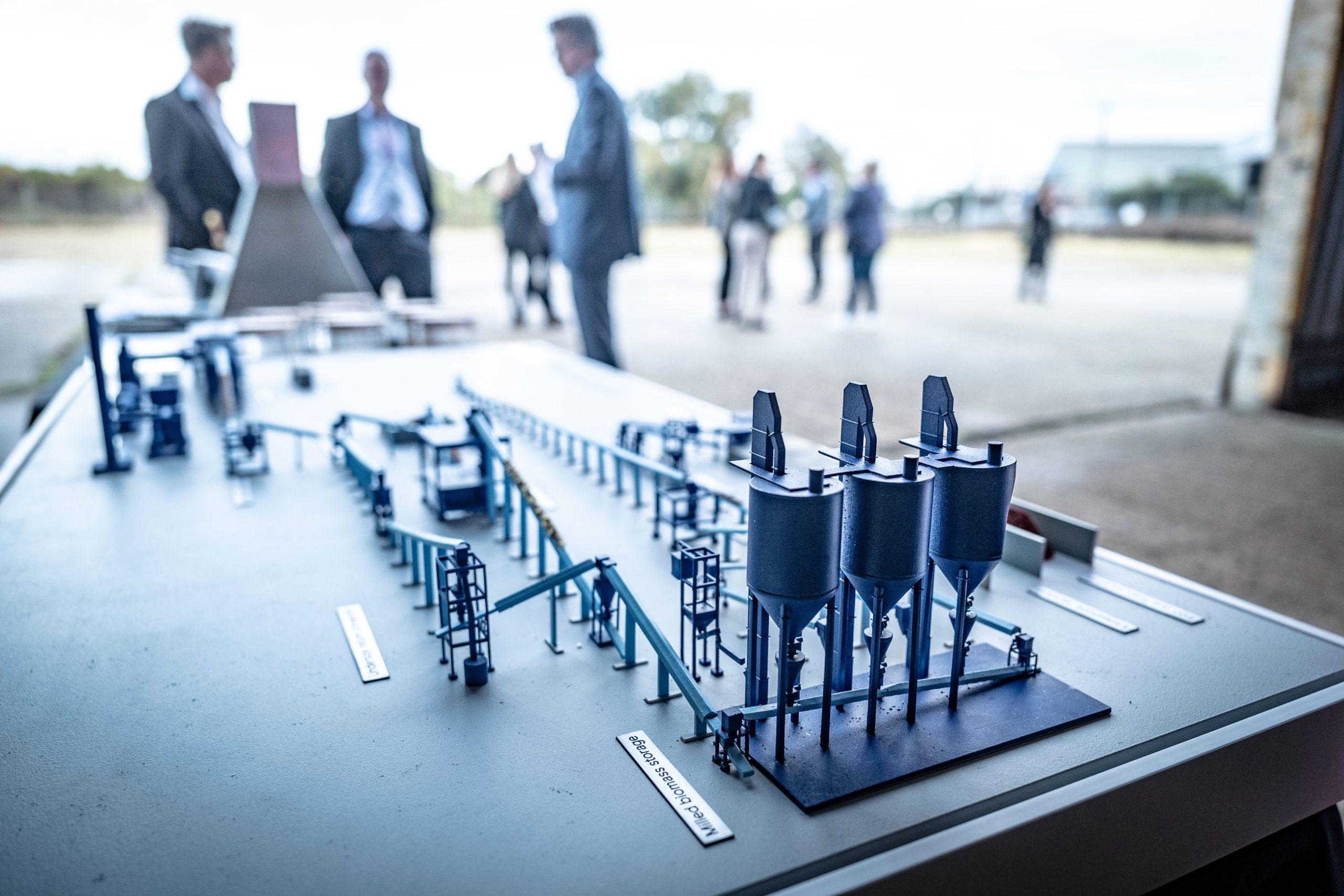NeoSmelt, a consortium of resources, energy and manufacturing companies working together on ways to produce lower-emissions steel from Pilbara iron ore, has welcomed Australian Renewable Energy Agency (ARENA) support for its planned Western Australia pilot plant.
The consortium, founded by BlueScope, BHP and Rio Tinto, also welcomes two new equity participants – Woodside Energy and Mitsui Iron Ore Development – to the NeoSmelt joint venture, with the five participants taking equal equity stakes in the joint venture.
NeoSmelt is managed by BlueScope, and plans to develop Australia’s largest ironmaking electric smelting furnace (ESF) pilot plant at the Kwinana Industrial Area, south of Perth, to demonstrate a method to produce lower-carbon emissions molten iron from Western Australian iron ore.
ARENA has committed A$19.8 million ($12.9 million) to support a Front-End Engineering Design (FEED) study for the NeoSmelt project, which aims to prove Pilbara iron ore can be used to produce lower-carbon iron than using a direct reduced iron-electric smelting furnace (DRI-ESF) pathway.
If successful, this has the potential to unlock longer term alternatives to the traditional blast furnace steelmaking route and help ensure the longevity of Australia’s iron ore industry, the partners say.
The project has now entered the feasibility phase, with a feasibility study helping inform a final investment decision, expected in 2026.
BlueScope Chief Executive Australia, Tania Archibald, on behalf of the JV, said: “With this backing from government and industry leaders, we now have the opportunity to develop world leading technology that will have potential application across the global steel industry and provides the foundation for a future Australian lower-carbon emissions iron export industry.”
Federal Resources Minister and Member for Brand, Madeleine King, said: “The fuels, metals, fertiliser, chemicals and grain shipped from Kwinana have powered Western Australia and the region since the 1950s. Now Kwinana is playing a central role in the world’s energy transition and a big part in global efforts to decarbonise. If we can decarbonise steelmaking, we will create far fewer emissions when building the cities of the world.”
The ARENA funding adds to the A$75 million contribution from the Western Australian Government announced last year.
If approved, operations at the NeoSmelt pilot plant, which is expected to produce 30,000-40,000 t/y of molten iron, are planned to begin in 2028. The plant is intended to test and optimise production of iron from the ESF, a type of furnace being developed by leading steel producers and technology companies targeting lower-carbon emission-intensity steel. The ESF is capable of producing iron suitable for the basic oxygen furnace steelmaking process. Iron ore is first converted to DRI before being charged into the ESF. Together, the DRI-ESF equipment can replace the traditional blast furnace. Estimates show reductions of up to 80% in CO2 emission intensity are potentially achievable processing Pilbara iron ore through a DRI-ESF pathway, compared with the current industry average for the conventional blast furnace steel route.
With Woodside as the preferred energy supplier, the pilot plant would initially use natural gas to reduce iron ore to DRI. Once operational, the project aims to use lower-carbon emissions hydrogen to reduce iron ore.
The post Neosmelt lower-emission steel consortium welcomes ARENA funding, new equity participants appeared first on International Mining.

